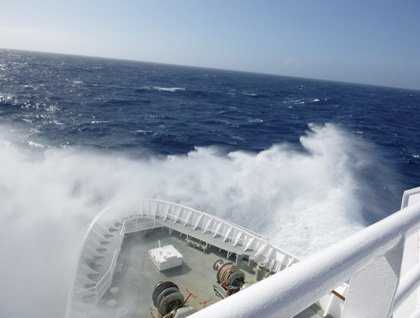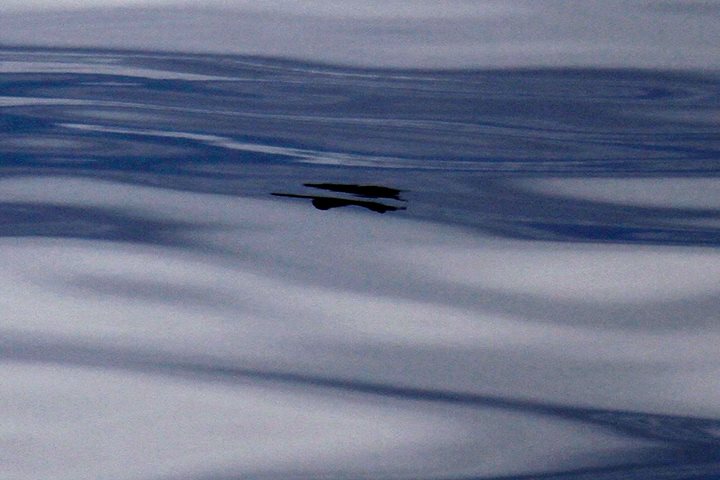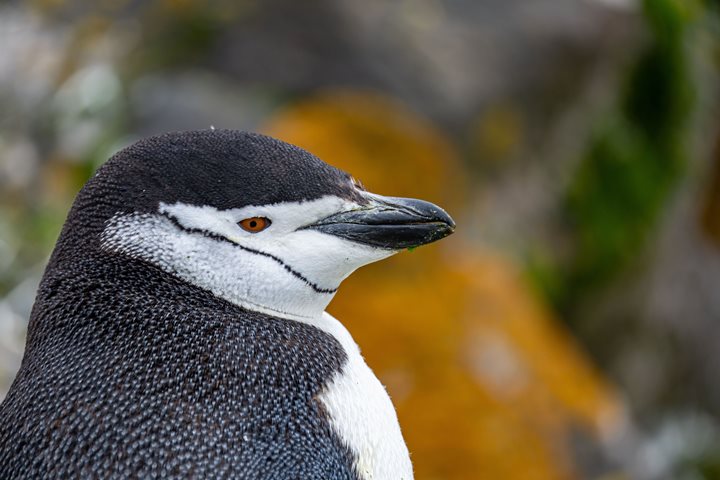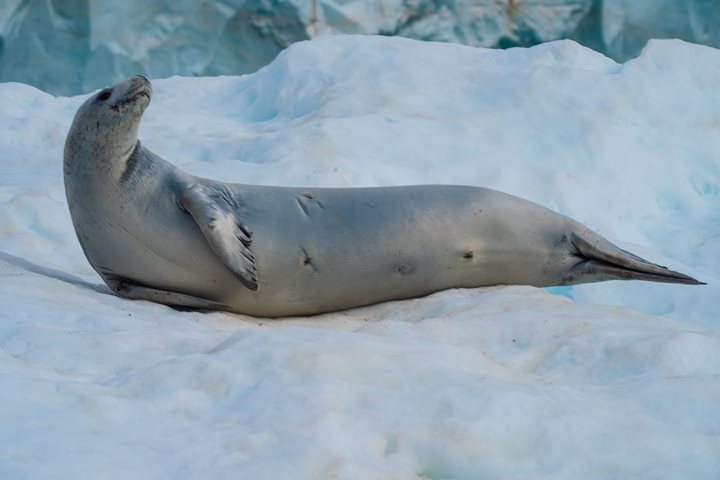During the night we made our return to one of the world’s more notorious stretches of water. Unlike our passage to Antarctica at the beginning of the voyage, which seems so long ago now, we were met with a more characteristically rough Drake. While far from the worst, it has required a little bit more caution around the ship than we’ve needed so far. It is, however, a good day for collecting thoughts and digesting the overwhelming experience of the past few days. Antarctica is not a destination that you can just get over quickly and move on from. It implants itself into your consciousness permanently, and leaves a feeling that often takes some getting used to. There are worse places than a gently rocking ship to contemplate this.
That is not to say that there aren’t things to see and enjoy, of course. Aside from anything else, the sea itself is quite spectacular in this state. Many were excited by the sight of waves crashing over our bow. We are lucky to be travelling in a robust, modern ship, in that regard. At worst, seas like this might cause us very slight inconvenience. To many of our predecessors who led the way to this part of the world, the preoccupation with very serious risk most likely distracted considerably from their ability to take in the beauty of this dramatic spectacle.
As well as the sea itself, we also have some of the Drake’s many sea birds to appreciate. The various albatrosses and petrels who reside in these waters thrive in wind, and exploit it to travel great distances effortlessly. In the distance we saw black-browed albatross and white chinned petrels amongst others, gliding amongst the swell and breaking waves. They are our silent escorts back to Ushuaia, and a much less alien land.







